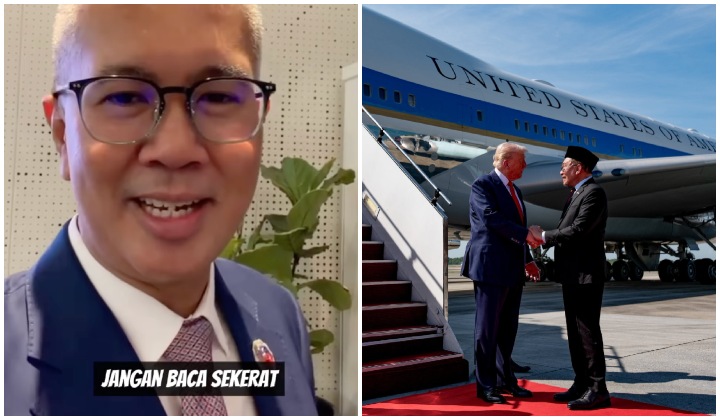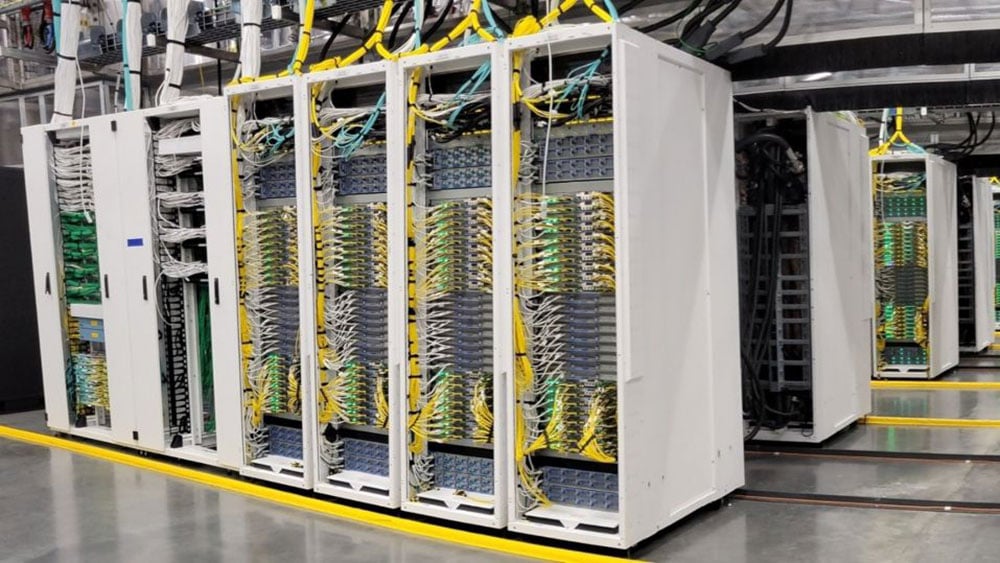Copyright therakyatpost

Subscribe to our FREE Newsletter, or Telegram and WhatsApp channels for the latest stories and updates. In the aftermath of the 47th Asean Summit last weekend, a major concern has sparked among Malaysians over a reciprocal trade agreement that was signed with the American government on 26 October. Many believe that Malaysia has surrendered its economy and wealth without resistance. In one report by The Star, Pasir Gudang member of parliament Hassan Abdul Karim raised objections in the Dewan Rakyat, saying: “Without a single bomb or bullet, we’ve handed our economy and our country’s wealth. Every year, we struggle to collect revenue through the Inland Revenue Board and Customs, yet we’re giving away billions to America”. The agreement contained a clause that states: “If the United States imposes a customs duty, quota, prohibition, fee, charge or other import restriction on a good or service of a third country and considers that such measure is relevant to protecting the economic or national security of the United States, the United States stands to notify such measure to Malaysia for the purpose of economic and national security alignment”. This second part of the clause is what has Malaysians in an uproar: “Upon receiving such notification from the United States, Malaysia shall adopt or maintain a measure with equivalent restrictive effect as the measure adopted by the United States or agree to a timeline for implementation that is acceptable to both Parties, to address a shared economic or national security concern, guided by principles of goodwill and a shared commitment to enhancing bilateral relations between the United States and Malaysia.” What that portion of the clause means, in simple terms, appears to be that should the American government decide to impose sanctions on another country (e.g. China), Malaysia must do the same. Zafrul addresses trade agreement concerns Through a video posted on social media, Minister of Investment, Trade and Industry Tengku Zafrul Aziz emphasised that clause 5.1 in the agreement is to address shared economic and national security concerns and is not a deal that pawns off Malaysia’s sovereignty to the US. “This means that any restrictions will be made to address shared issues of national and economic security. The key word here is ‘shared’. “That means, if the issue only affects the national and economic security of America, but doesn’t give any impact to the national and economic security of Malaysia, we don’t have to,” he said before the video cuts off. View this post on Instagram Economist argues that the agreement is not a permanent pact Samirul Ariff Othman, an economist, international relations analyst and adjunct lecturer at Universiti Teknologi Petronas, shared his thoughts on what he calls the Agreement on Reciprocal Trade (ART 2025) through an opinion piece published on Free Malaysia Today. He highlighted the deal being part of US President Donald Trump’s “fair and reciprocal trade” framework that was established in April this year, which authorises the president to negotiate tariff adjustments under the International Emergenct Economic Power Act and the Trade Expansion Act of 1962, without congressional ratification. “In legal terms, this means ART 2025 is not a treaty. It is an executive agreement; a political instrument that binds governments diplomatically, not juridically. It can be suspended, revised, or revoked by a sitting or future US president at will,” he explained. Samirul described Trump’s diplomatic model as thriving on symbolism over substance, and that the deals are meant to make headlines instead of institutional intergration. His conclusion is that it was easier to sign the deal than be sanctioned, and it acts as a survival instrument for Malaysia to buy time in an unpredictable world. The economist’s advice is that Malaysia should take this window of opportunity to: Utilize the tariff window to integrate Malaysian SMEs more thoroughly into the US supply chain before the reviews reset the conditions. Establish legal protections for domestic safeguards; guarantee that standards alignment clauses do not undermine regulatory sovereignty. Secure the agreement within Asean by promoting an Asean–US reciprocal review mechanism to avert bilateral fragmentation. Ensure that US financing commitments come to fruition by overseeing implementation on a quarterly basis through the investment, trade and industry ministry, as well as Wisma Putra. What else was part of the agreement? To recap, Malaysia and the United States signed the Agreement on Reciprocal Trade at the 47th ASEAN Summit to strengthen their trade and investment relationship. Under this deal, the U.S. will keep a 19% tariff rate on Malaysian goods but has agreed to exempt 1,711 Malaysian export items — including palm oil, rubber, cocoa, aircraft parts, and medicines. These exemptions are worth about US$5.2 billion, giving Malaysia’s key industries better access to the American market. In return, Malaysia will make it easier for U.S. goods to enter its market. This includes products like machinery, chemicals, vehicles, dairy, and other food items. Malaysia also agreed to cut down non-tariff barriers, such as long customs procedures and differing regulations, to help speed up trade between the two countries. Another important part of the deal focuses on critical minerals and rare earth elements, which are vital for electronics and clean energy technologies. Malaysia promised not to restrict exports of these materials to the U.S., helping America secure its supply of strategic resources. Both countries also agreed to cooperate on supply-chain security, export controls, and preventing unfair trade practices. Finally, the deal includes several big purchase and investment plans. Malaysia will buy U.S. aircraft, semiconductor and technology equipment, and liquefied natural gas, while the U.S. will invest more in Malaysia’s technology and energy sectors. In short, ART 2025 gives Malaysia trade stability and new opportunities for growth, while strengthening its economic ties with one of the world’s largest economies. Share your thoughts with us via TRP’s Facebook, Twitter, Instagram, or Threads.



